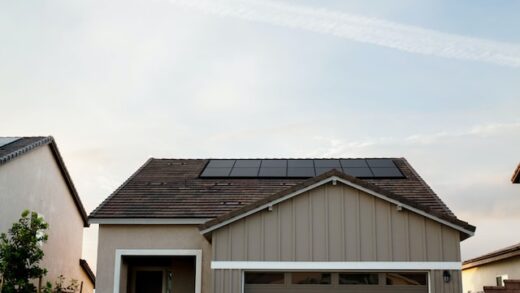A foundation is the part of the house that is laid first. It gives stability and structure to the rest of the house on top of it. Generally, when a person thinks of a foundation, they think of a cement one. Did you know that foundation can actually be made from a variety of materials depending on preference and environmental conditions? Here are three alternative foundation materials as well as pros and cons associated with using them:
1. Concrete
Concrete is the standard and most common material to use in foundation work because it is durable, strong, and inflexible. Concrete is also easy to make waterproof. The main disadvantage to other materials is that it is generally the more expensive choice. The types of concrete used can be divided into two categories: poured concrete and block concrete. Poured concrete is essentially poured into a foundation-shaped mold in the ground, whereas blocks are stacked and sealed.
Concrete, not unlike other materials mentioned here, can be prone to issues such as cracks, bulging, and leaning over time or when done improperly. When these issues arise in a house foundation, it is important to get them fixed in a timely matter. If you don’t, the structural integrity of your home may be compromised, making your home dangerous to live in.
2. Stone or Brick
House foundations built using masonry skills (such as ones made from brick and stone) tend to be ideal for drier climates because of their inability to withstand water and be waterproofed efficiently. Stones can be relatively inexpensive but have more waterproofing issues. Bricks are more expensive and have the potential to absorb water, making them a poor choice outside of the aesthetic appeal.
3. Earth
People without the necessary economic resources or knowledge to use the materials outlined above may opt to use earth instead. An earth foundation also only works in dry climates and is prone to issues such as water damage and bugs. Sometimes it is best to use a combination of stones and earth to build a foundation in a place with more rainfall.
To conclude, a variety of materials can be used to build a house foundation. The best material to choose depends on a variety of factors, including price, climate, and lifespan. A professional may be able to help you decide. It is important to be cognizant of the pros and cons of your material of choice before committing to it.




